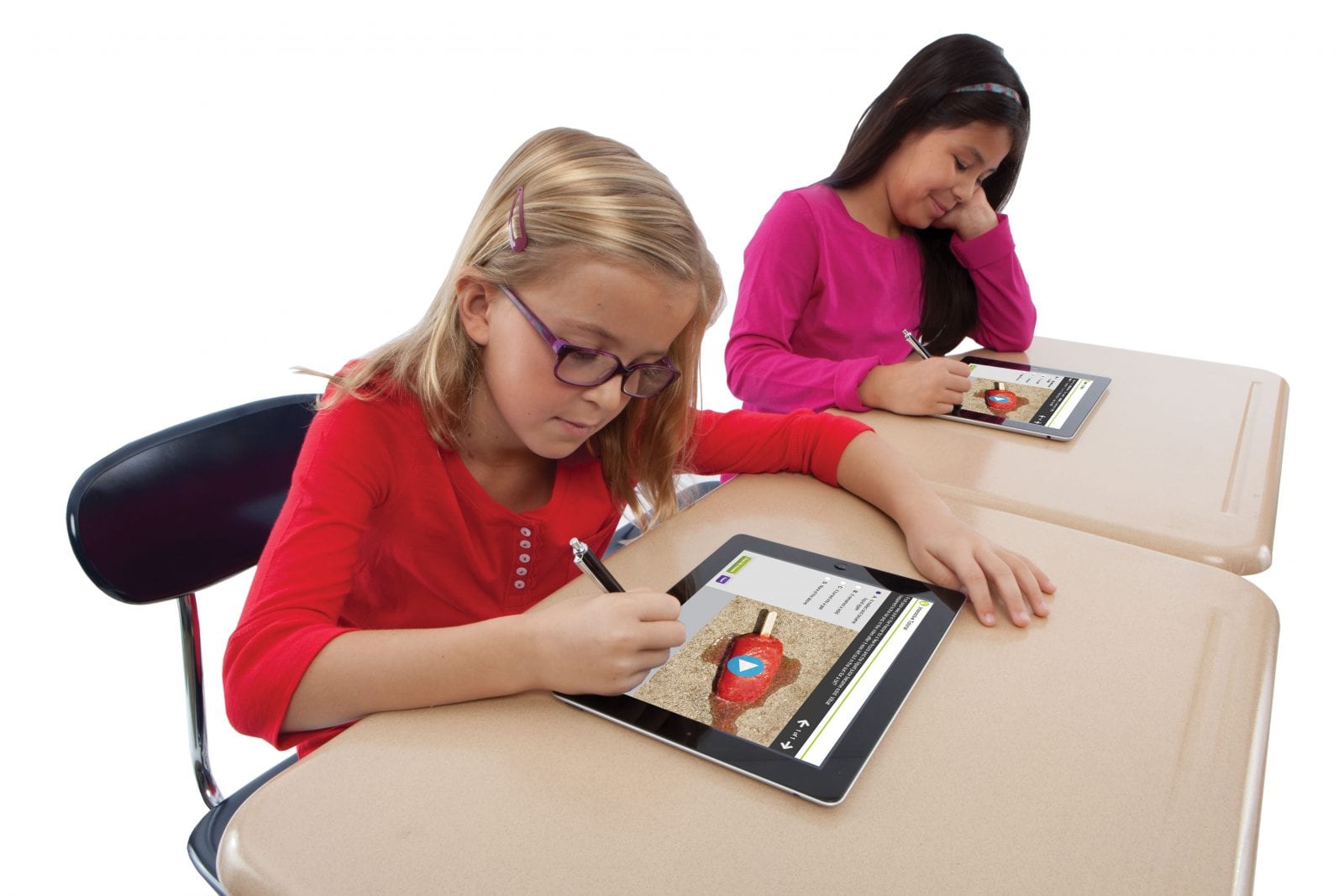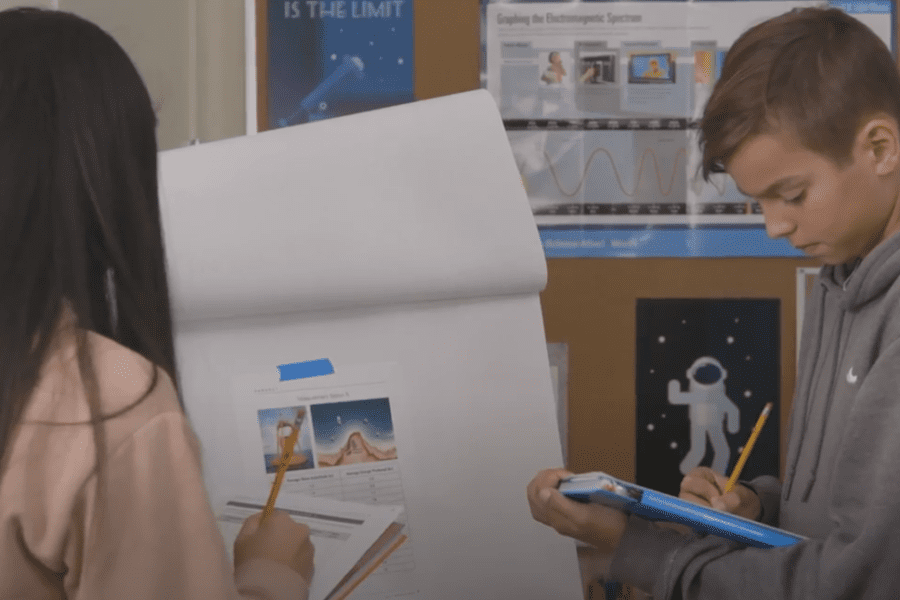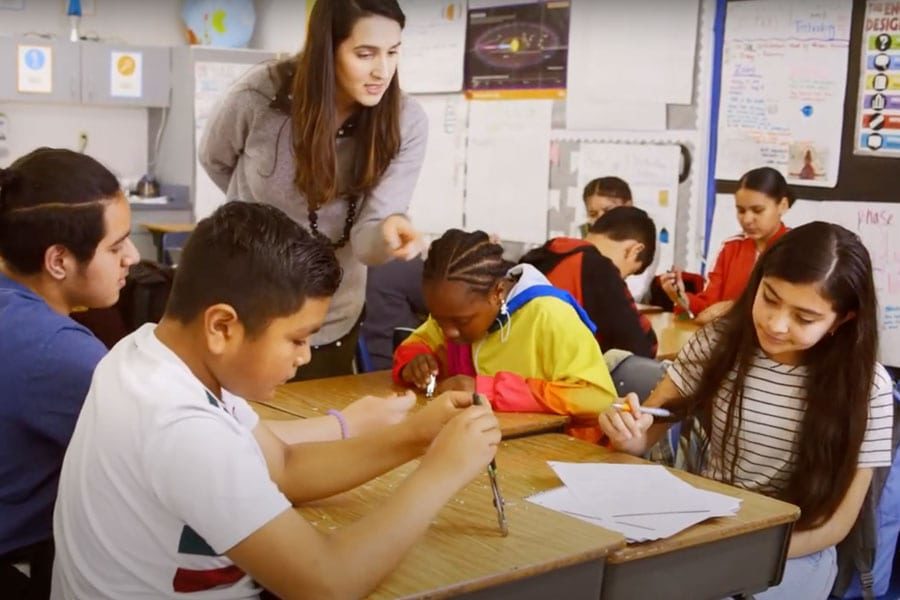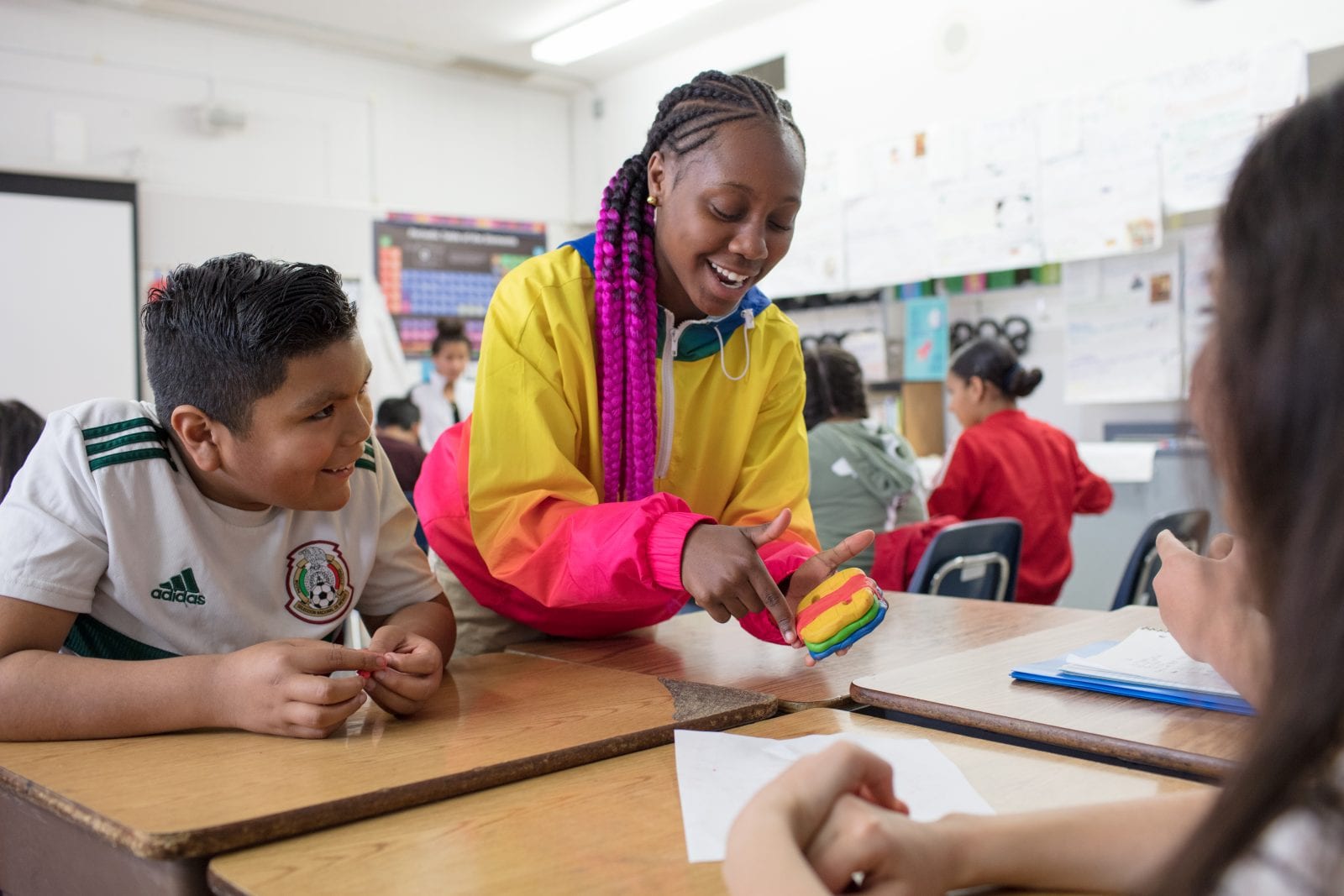
Technology has become an essential part of the modern classroom, from building digital literacy skills to encouraging participation in class activities. Particularly in science classes, there are many ways to integrate technology into lesson plans in a positive and educational way. Here are some examples of how technology and multimedia can engage students in science.
Show Educational & Interactive Videos
Even in our technology-saturated world, students still get excited about watching videos in class. Through TCI’s Key Science Concept Videos, you can find videos that explain and demonstrate how the planets rotate around the sun or present the breakdown of a cell.
When used intentionally, videos can have a meaningful impact on learning. Some videos are even interactive, having you pause to ask the students a question or having students record responses or journal their ideas about a particular concept. If your students each have access to a computer in the classroom, you could have them explore phenomena, virtual field trips, and explanations from TCI’s video library independently.
Listen to Podcasts
Sometimes, breaking up the norm can help with student engagement as well. Creating a multimodal approach to learning can increase engagement and reach more learners. Podcasts and audiobooks can help reach students who are auditory learners. There are countless science-based podcasts available out there, and they cover everything from the most straightforward scientific ideas taught in early elementary school to the most complex scientific concepts that even professional scientists will appreciate. Give your students an assignment to find the best science-based podcasts out there and make it a Friday treat to listen to one during class each week, or make them part of your regular in-class activities.
Play Lesson Games
With TCI’s games library, your students can access interactive lesson games that will help gauge their understanding of the lessons you’ve been teaching. They are engaging and help students see where they are with grasping particular concepts. You can allow your students to work individually on lesson games that our science curriculum provides, or you can create your own lesson games to do a whole class review of a particular unit or concept. Jeopardy, bingo, and other interactive science games can be played using technology to make them more interactive and fun.
Use Classroom Management Apps
This one applies to just about any class, but it can keep students focused and on task without much effort from you, which is always a plus. Some apps can track the noise in a classroom and react when it gets too noisy, some will allow your students to check in or submit exit tickets, and some simply provide timers or other daily things you might need as a science teacher. While you could go the old-school way and do these things without apps, utilizing technology to enhance science teaching is a great way to get your students on board with even the simplest things. Students love the apps that tell them when they’re too loud, and they are highly effective in minimizing unnecessary noise. You can also have in-depth discussions with your students about how these apps work, what goes into developing them, and any ideas they have for classroom management apps that science teachers would appreciate.
Go on a Virtual Field Trip
Countless places offer virtual field trips for students and individuals who don’t live near their establishments. These places give you a tour of their facilities, complete with educational information that a tour guide would present should you visit the site in person. It is an excellent way to integrate new information into your classroom in a fun and interesting way. Students will love seeing new places and learning about new things right from the comfort of their science classroom with access to virtual field trips.
Get Student Feedback with Surveys & Polls
It helps to have your students respond to you during class, but this can be challenging at times. Using technology-based surveys or apps that allow polls will require all students to respond, increasing participation and allowing you to touch on anything that may be unclear. Most of these apps will allow students to send responses directly to you, meaning you can see who responded in which way, but the other students cannot, allowing for anonymity. Most survey apps allow you to create questions about anything, from whether they understand the material to what activities they prefer to what they did over the weekend. These apps are incredibly beneficial for science teachers looking to use technology to enhance teaching science, but they can also provide many advantages for all teachers.


